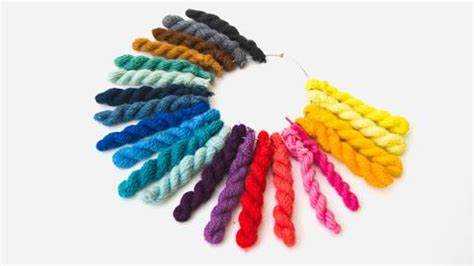A continuous length of long interlocked fibers is known as yarn; it used in the various process of the textiles production such as weaving, sewing, embroidery, rope making, knitting, and crocheting. The thread is kind of textile yarn specially intended for sewing by machine or hand. Embroidery threads are also the type of textile yarns, which is designed for a machine, or hand embroidery. The textile yarn is made up of numerous synthetic or natural fibers. Natural fibers are little elastic and extremely breathable. Cotton is the most common plant fiber, while synthetic fibers come in the three forms such as a filament, staple, and tow. Filament and spun are basic types of the textile yarn.

Growth Factors:Rapid growth in the urbanization and increasing requirement of the industries are the major factors that anticipate driving the market growth. The shift in consumer preference towards affordable and comfortable clothing increases the demand for high-value fabrics such as viscose, silk, and hemp. Blended varieties of fibers are also taking immense growth in the market owing to significant features of both artificial and natural yarn thus opening up new growth opportunities in the coming years. However, instability in the production of plant and animal source yarn and the strict regulation that is imposed on the trade of textile yarn products restraints the global textile yarn market to some extent.
Segmentation:The global textile yarn market is classified based on the sources as chemical, animal, plant, and others. On the basis of application, the market is fragmented into home textile, apparel, and industrial. Based on artificial subtype, the market is segregated into categories such as viscose, polyester, acrylic, and nylon. The type segment is bifurcated into artificial and natural type. Furthermore, the natural subtype segment is divided into flax, wool, ramie, cotton, hemp, jute, and silk. Diversification of the global market can be given by Asia Pacific, North America, Europe, and Rest of the World.
Regional Analysis:Asia-Pacific is the leading region in the global textile yarn market, which is followed by the North America. Polyester and cotton are widely used textile yarn products in the region. Changing consumption pattern, increasing population, disposable income, the rise in demand for clothing along with home furnishing products in Asia-Pacific region are major growth factors of the market. North American market is anticipated to grow at a fast rate with increasing investment from the multinational manufacturers in the US and Canada thus propelling the market growth. The market in the Latin America and the Middle East regions are flourishing due to developing apparel industry and high levels of product development.
